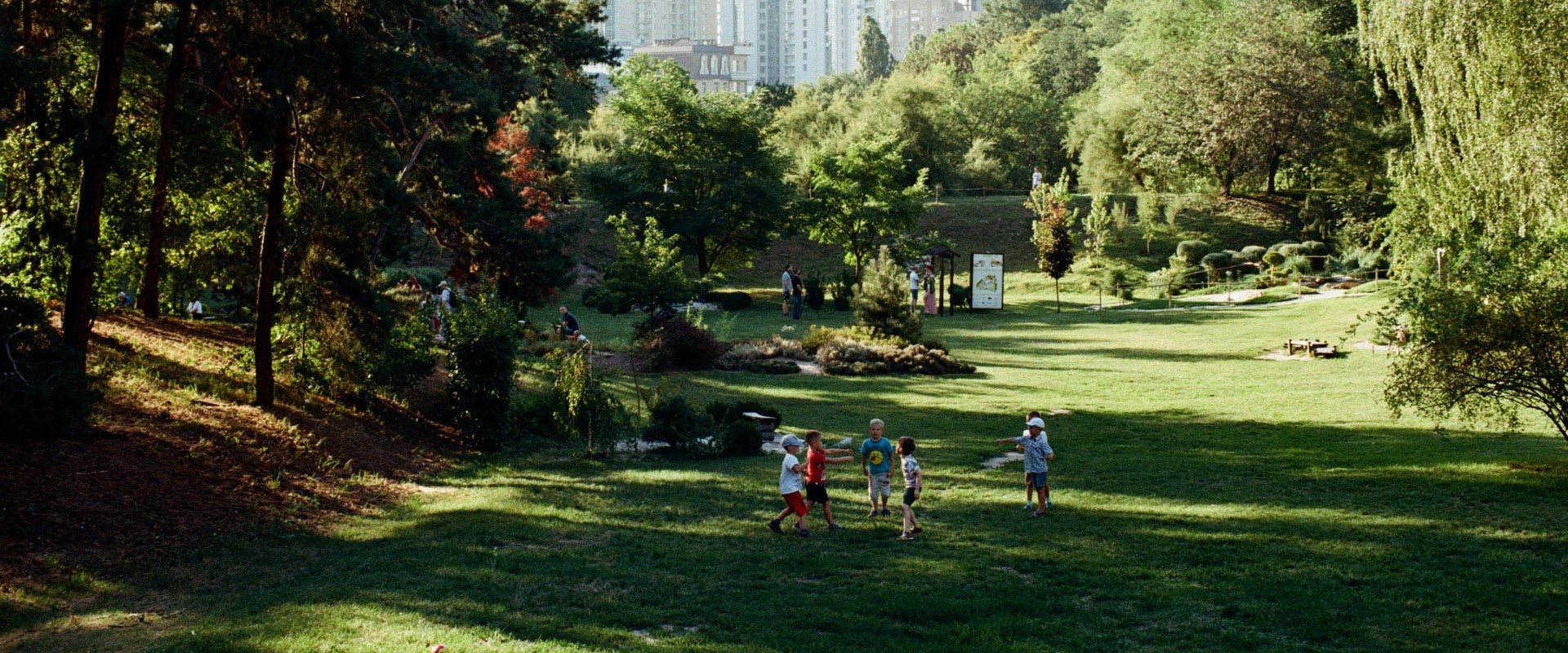Urban forests help filter air and water, control stormwater, conserve energy, and provide habitat and shade for animals. They add beauty, form and structure to urban design.
urban forests
provide valuable ecosystem services, such as eliminating air pollution, carbon storage, oxygen production and preventing runoff. Species distribution and tree size are important factors that control the present and future supply of these ecosystem services.Considerable attention is needed in forest establishment selection, protection and management of species to meet current and future demands for ecosystem services. Demand for these ecosystem services is increasing in urban population centers. However, development strategies often encompass natural spaces rather than renovating existing (underutilized) spaces, since new development is less costly than. Urban forests need management and protection strategies to meet the challenge this presents.
The quantification and valuation of ecosystem services are tools that urban forest managers can use to protect mature and high-value trees during development planning. Other benefits of urban forests, such as improved health, emotional well-being and energy savings, should also be included in any assessment of urban forests. Urban environments can contribute to mental fatigue and stress. Including trees in urban areas can create a restorative and peaceful environment that helps people recover from stress and fatigue.
Urban forests can have a positive impact on cities and, especially, on their population. They can contribute to people's physical and mental health by creating spaces for physical activity and cushioning stress. In addition, they can improve air quality by eliminating harmful pollutants, as well as reducing noise. From a social standpoint, urban forests can support local livelihoods, improve community cohesion, increase food security for marginalized communities, promote urban residents' connection with nature, and improve equity.
For example, small land areas reused in pocket parks with trees and seats can become spaces for social interaction. A healthy urban forest that helps individual households and the wider community save energy also reduces the need for energy-producing power plants. However, the benefits of urban trees don't stop there, and the impacts of urban forests may be more important than you think. In addition, urban foresters can be tasked with developing or managing databases related to urban trees or tree health, which requires knowledge and training in dendrology, entomology, GIS and GPS, among other areas.
Given the high density of people living in urban areas and their associated transportation systems, noise often becomes a major problem for local residents. Paris made headlines this week for a new project to build Europe's largest urban farm, right in the heart of the French city. It emerged as a discipline in North America in response to better ways to deal with the growing importance of urban green spaces dominated by trees, as well as increasing pressures on green areas. While erosion control and watershed protection are important issues in rural areas, they are also a major concern in urban centers.
As the world's population increases, so will the need to dispose of wastewater produced daily, and urban forests have been used to absorb some of this. The term urban forest refers to all trees and shrubs present in urban areas, including trees in courtyards and streets, protected green areas, and urban or linear parks. Recognize that the urban environment is a dynamic and complex landscape, where socio-ecological processes interact to provide multiple ecosystem services at multiple scales. Urban tree planting efforts, whether through green belts, parks, windbreaks, or shade trees around residential homes, can play an important role in carbon sequestration.
In this connection, tight budgets and limited investment interests also represent a major challenge for the development of urban forests. Communication skills are important, as urban foresters are often called upon to present problems, problems and changes related to urban forestry practices to various audiences, such as city councils and community groups. By suggesting that in order to maintain identity and support the role of rural landscapes, urban populations holding political and economic power should recognize the importance of the countryside as a producer of food and energy, and also as a place of healthy, high-quality lifestyles. Urban forests can also contribute to reducing air pollution and improving air quality (Escobedo et al.
. .
